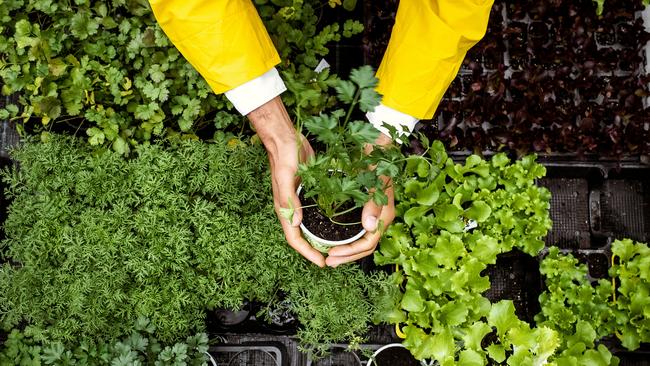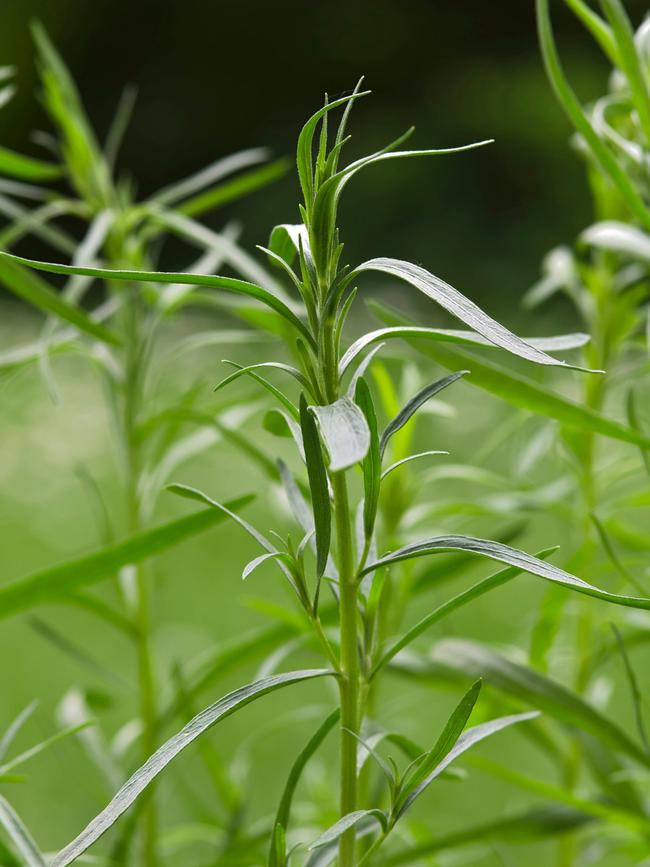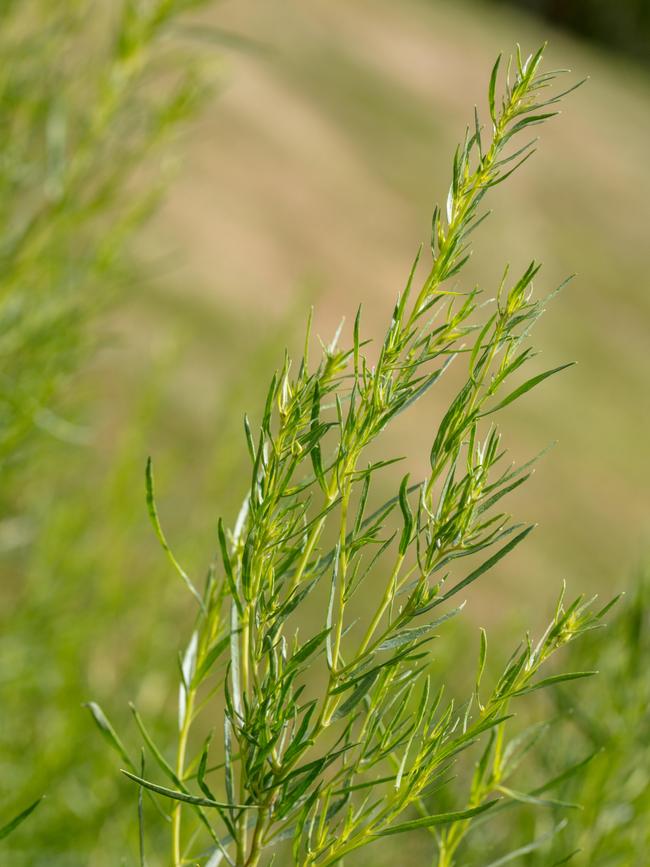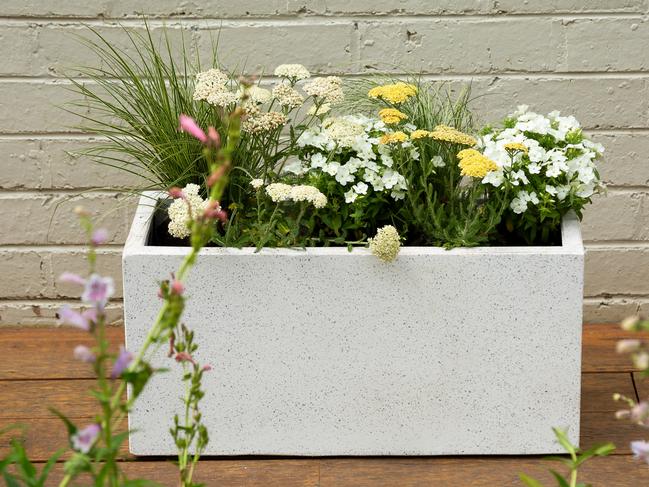Always read the fine print
It can be difficult to know if you’re buying the exact plant you want, due to inexact common names. Here’s what to look out for.

Sometimes it can be difficult to know if you’re buying the exact plant you want, especially with food plants. Much of the confusion comes from inexact common names. For example, two plants are sold as tarragon but only French tarragon (Artemisia dracunculus) has a much-prized floral, anise-like flavour. However, the plant can be difficult to grow. Related, but much inferior, is Russian tarragon (Artemisia dracunculoides), which lacks the sweet fragrance and is somewhat bitter. It grows easily from seed and is commonly sold.

There’s a similar problem with cardamom. False or dwarf cardamom (Alpinia nutans) is a favourite dry-tolerant plant for lush, tropical-style gardens, even in our colder areas. It has aromatic leaves that can be used to flavour food, but the all-important pods and seeds taste bad. For true cardamom pods you want Elettaria cardamomum. It looks similar but needs a tropical to subtropical climate. It should start flowering and bearing the three-sided pods in its second or third year.

True ginger for eating is Zingiber officinale. Several ornamental gingers have similar knobbly rhizomes, such as ginger lily or Kahili ginger (Hedychium gardnerianum), common in shady, east coast gardens. It has divinely perfumed heads of yellow flowers but is now an environmental weed. The rhizomes are not edible and poisonous to grazing livestock.
Real pepper doesn’t come from the peppercorn tree, Schinus molle, an evergreen from South America with lovely weeping foliage. Only female trees bear the clusters of pink fruits, which are edible (but with caution for children); dried and sold as pink peppercorns, they taste like mild pepper with a fruity twist. Real pepper comes from the dried fruits of a woody tropical vine, Piper nigrum. Green peppercorns are picked before fully ripening and pickled to preserve their colour; black peppercorns are dried, ripe fruits, ground to make black pepper; white pepper comes only from the ground inner seeds.
If you fancy growing Chinese star anise, make very sure you buy Illicium verum. Closely related Japanese star anise (I. anisatum) looks similar but its fruits are highly toxic. Both have aromatic leaves, fragrant flowers and distinctive star-shaped fruit capsules.
Common names vary from one region to another. You can always be sure of a plant’s identity by checking its botanical name, which will be at least two words in Latin. Every plant label should include this botanical name, so read the fine print.
Q&A
What leafy plants could cascade over a north-east-facing balcony? R. Armstrong, WA
Natives include running postman (Kennedia prostrata), snake vine (Hibbertia scandens), Grevillea ‘Bronze Rambler’ and ‘Gin Gin Gem’, pigface/karkalla (Carpobrotus rossii), and the hybrid Disphyllum ‘Sunburn’. Exotics include coral plant (Russelia), ivy geraniums and bougainvillea.
Our five-year-old feijoa tree flowers but is yet to fruit. Any tips? Natalie Moloney, Brisbane
Feijoa (pineapple guava) plants are often grown from seed or selected for ornamental qualities and rarely fruit. It’s best to buy a fruiting variety such as ‘Mammoth’, ‘Nazematze’ or ‘Duffy’. Cross-pollination, preferably from another variety, greatly increases yields; solitary trees can fail to fruit but the fleshy crimson and white petals are sweet and edible.
I’ve heard you shouldn’t prune deciduous trees before wet weather to avoid diseases. True? Sam Wells, Perth
Many fungal and bacterial diseases thrive in wet, cool weather, easily penetrating fresh wounds. Pruning of susceptible stone fruit trees is recommended for late summer; more robust ornamental trees can be pruned in winter when leafless. Tree wounds heal quickly so a few dry days should suffice.

Send your questions to: helenyoungtwig@gmail.com or Helen Young, PO Box 3098, Willoughby North, NSW 2068. The best question for August wins an 80cm-long Precinct Lite Trough Planter in white worth $128 from Northcote Pottery.




To join the conversation, please log in. Don't have an account? Register
Join the conversation, you are commenting as Logout